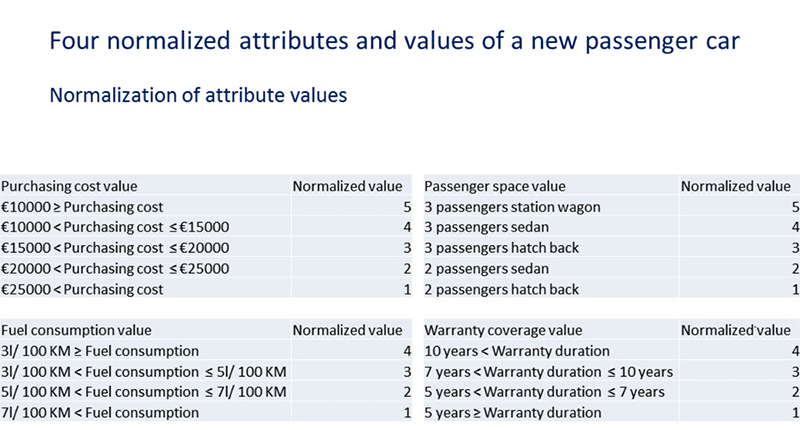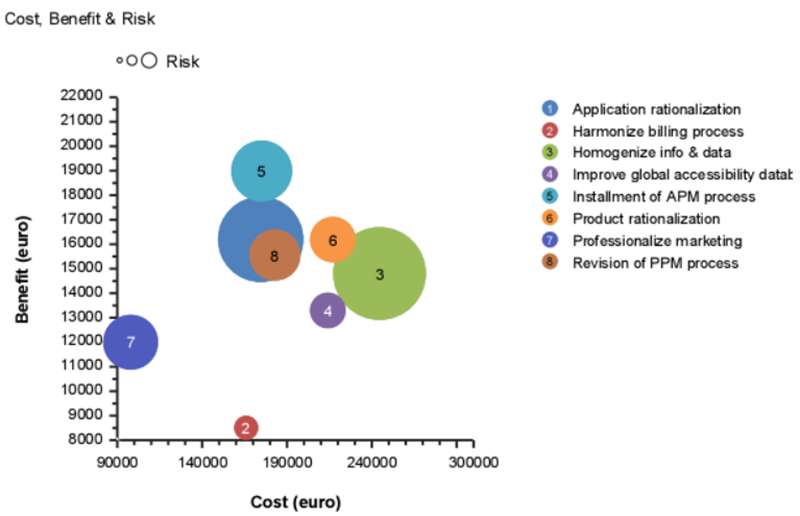Introduction
Cloud computing has revolutionized the way businesses operate, providing a flexible and scalable platform for various applications. With the rise of cloud computing, application portfolio management has become an essential aspect of managing an organization's software assets. In this article, we will explore the impact of cloud computing on application portfolio management and how organizations can leverage cloud technologies to optimize their application portfolio.
The Importance of Application Portfolio Management
Application Portfolio Management (APM) refers to the process of managing and maintaining an inventory of an organization's software applications. It involves assessing the value, cost, and risk associated with each application in order to make informed decisions about their continued use or retirement. APM enables organizations to streamline their software assets, reduce costs, and improve efficiency.
Why is Application Portfolio Management important?
APM is crucial for several reasons:
Optimizing IT Investments: APM helps organizations identify redundant or outdated applications and redirect resources towards more strategic initiatives.

Risk Mitigation: By assessing the risk associated with each application, organizations can prioritize security updates and ensure compliance with regulatory requirements.
Enhanced Decision Making: APM provides insights into the performance and functionality of applications, enabling informed decisions about upgrades, replacements, or retirements.
Cost Reduction: By eliminating redundant applications and optimizing licensing agreements, organizations can significantly reduce their software expenses.
The Role of Cloud Computing in Application Portfolio Management
Cloud computing has transformed the way organizations manage their applications by offering a range of benefits such as scalability, cost-effectiveness, and flexibility. Let's explore how cloud computing impacts different aspects of application portfolio management.
1. Migration to the Cloud
The migration of applications to the cloud is a significant step in leveraging cloud computing for APM. By moving applications to the cloud, organizations can take advantage of its scalability and flexibility while reducing infrastructure costs.
The Benefits of Cloud Migration for APM
- Scalability: Cloud platforms allow organizations to easily scale their applications up or down based on demand, ensuring optimal performance and cost-efficiency. Cost Reduction: By migrating applications to the cloud, organizations can eliminate the need for on-premises infrastructure, resulting in significant cost savings. Improved Accessibility: Cloud-based applications can be accessed from anywhere, facilitating remote work and enhancing collaboration among teams. Automatic Updates: Cloud providers handle software updates and security patches, ensuring that applications are always up-to-date and protected against vulnerabilities.
2. ServiceNow Application Portfolio Management Tools
ServiceNow offers a comprehensive suite of Application Portfolio Management (APM) tools that help organizations effectively manage their application portfolios. These tools provide insights into the value, cost, risk, and performance of applications, enabling informed decision-making.
Key Features of ServiceNow APM Tools
- Application Inventory: ServiceNow APM tools maintain a centralized inventory of all applications, including details such as ownership, usage, and dependencies. Financial Analysis: These tools enable organizations to analyze the financial impact of each application, including licensing costs and maintenance expenses. Risk Assessment: ServiceNow APM tools assess the risk associated with each application, considering factors such as security vulnerabilities and compliance requirements. Performance Monitoring: These tools provide real-time performance metrics of applications, allowing organizations to identify bottlenecks and optimize resource allocation.
3. Optimization and Rationalization
Cloud computing enables organizations to optimize their application portfolio by identifying redundancies and retiring outdated or underperforming applications. Through rationalization efforts, organizations can ensure that their application portfolio aligns with business objectives and eliminates unnecessary costs.
Steps for Optimization and Rationalization
Application Assessment: Assess each application based on factors such as usage, value, cost, complexity, and risk. Application Consolidation: Identify opportunities for consolidating applications to reduce redundancy and streamline operations. Retirement or Replacement: Determine whether an application should be retired or replaced with a more efficient or cost-effective alternative. Cloud-First Approach: Prioritize cloud-native applications and consider migrating legacy applications to the cloud.FAQs about Cloud Computing and Application Portfolio Management
1. What is the relationship between cloud computing and application portfolio management?
Cloud computing provides a scalable and flexible platform for managing applications, making it The original source an integral part of application portfolio management. Organizations can leverage cloud technologies to optimize their application portfolio, reduce costs, and improve efficiency.
2. How can organizations benefit from ServiceNow Application Portfolio Management tools?
ServiceNow APM tools offer a range of features that enable organizations to effectively manage their application portfolios. These tools provide insights into the value, cost, risk, and performance of applications, facilitating informed decision-making and optimization efforts.
3. What steps are involved in optimizing and rationalizing an application portfolio?
Optimizing and rationalizing an application portfolio involves assessing each application's usage, value, cost, complexity, and risk. Organizations can then consolidate applications, retire outdated ones, replace inefficient ones, and prioritize cloud-native applications.
4. How does cloud migration impact application portfolio management?
Cloud migration allows organizations to take advantage of the scalability, cost-effectiveness, and flexibility of cloud computing. By migrating applications to the cloud, organizations can optimize their application portfolio by reducing infrastructure costs and improving accessibility.
5. What are the benefits of cloud computing for application portfolio management?
Cloud computing offers several benefits for application portfolio management, including scalability, cost reduction, improved accessibility, and automatic updates. These benefits enable organizations to streamline their software assets and improve overall efficiency.

6. Can organizations use ServiceNow APM tools for performance monitoring?
Yes, ServiceNow APM tools provide performance monitoring features that allow organizations to track the performance metrics of their applications in real-time. This enables organizations to identify bottlenecks and optimize resource allocation for optimal performance.
Conclusion
Cloud computing has significantly impacted application portfolio management by offering scalability, cost-effectiveness, ServiceNow APM tools and flexibility. Organizations can leverage cloud technologies to optimize their application portfolios, reduce costs, improve decision-making, and enhance overall efficiency. ServiceNow's APM tools provide valuable insights and capabilities for effective management of application portfolios. By embracing cloud computing and utilizing APM tools, organizations can stay ahead in today's rapidly evolving digital landscape.